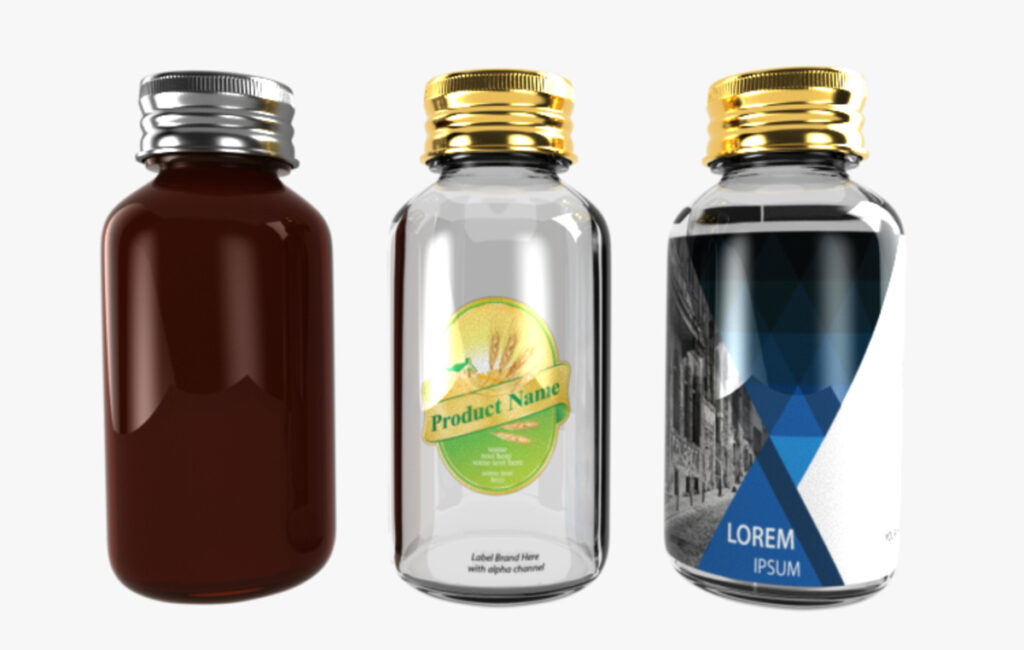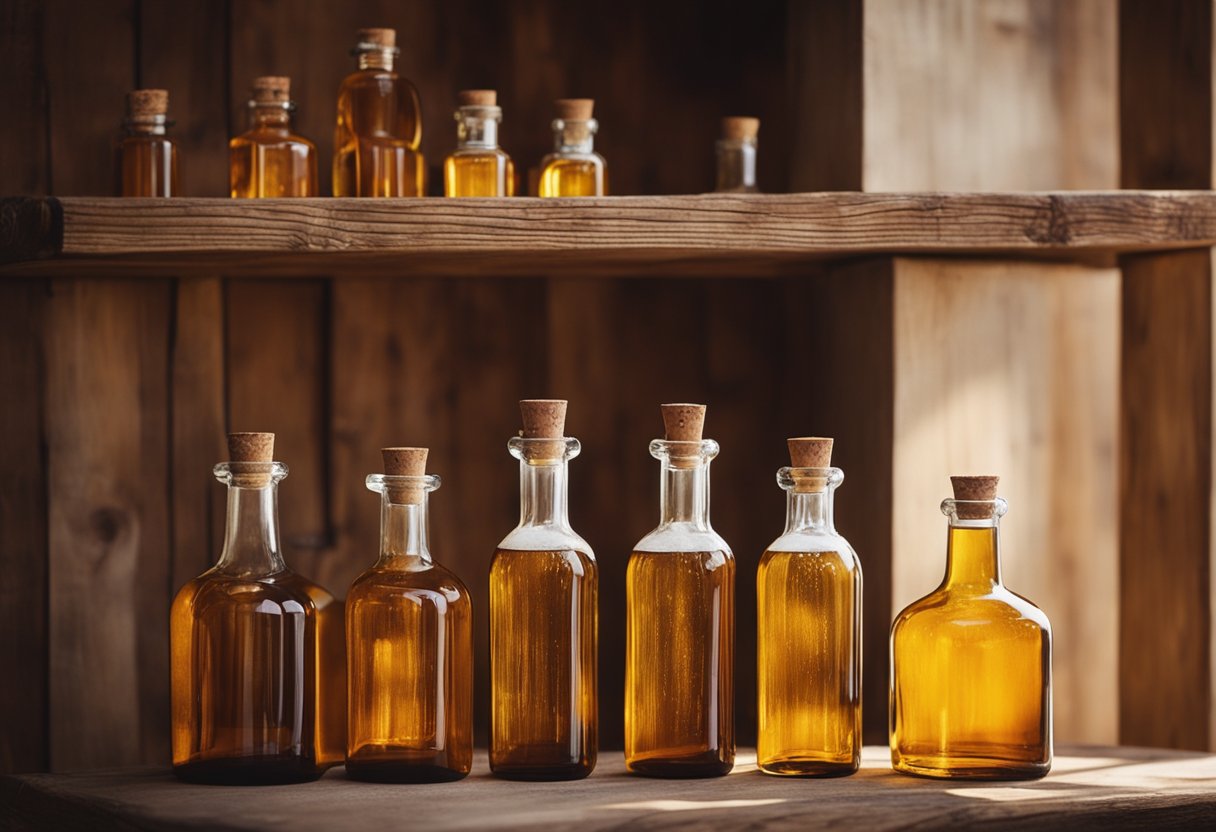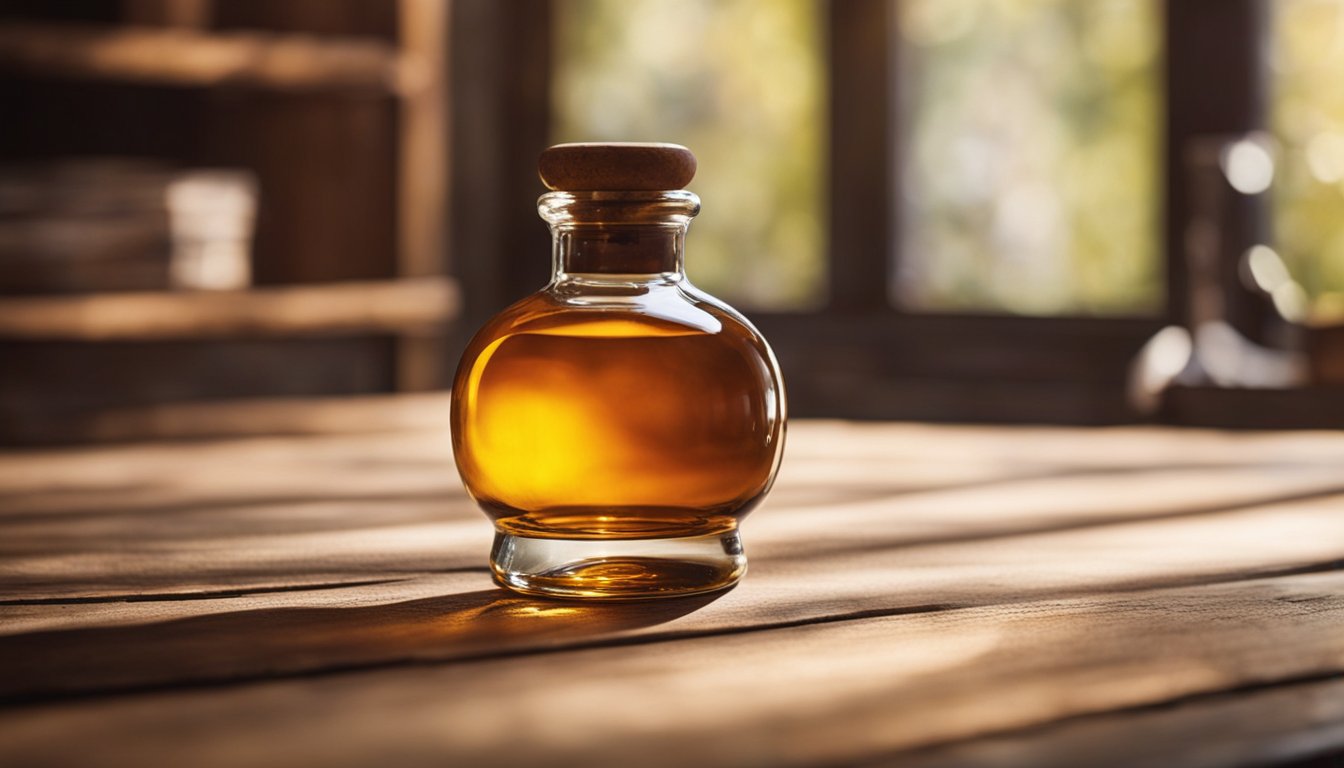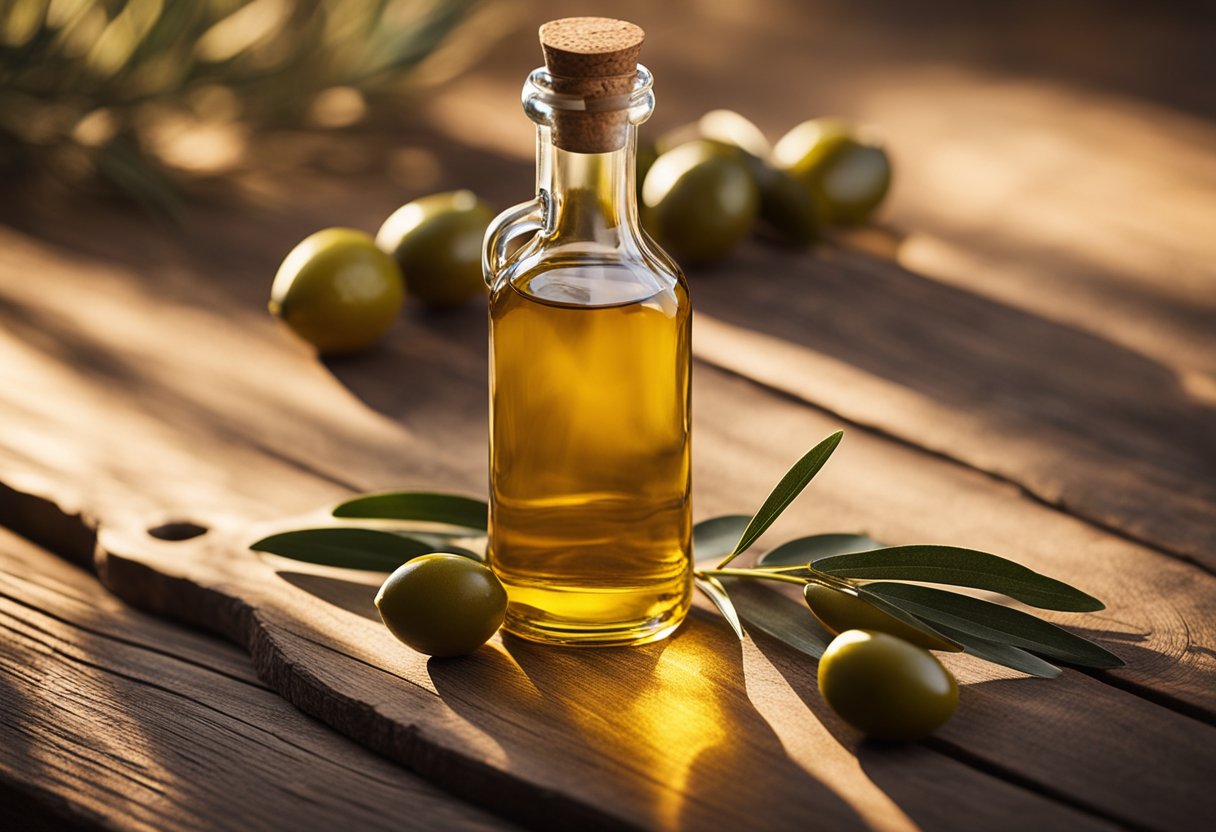
When packaging liquors, spirits or wine, there are a few things to keep in mind. Depending on the final use of the product, you may need to consider factors such as light exposure, humidity levels and even temperature. All of these conditions can have a negative impact on your product if not handled correctly during packaging. To protect your bottled goods from degradation caused by external elements, it’s important to choose the right type of bottle and package appropriately. The following is a brief overview of some common materials used when creating liquor bottles and their pros and cons.
What to know before you bottle
The first step to choosing and packaging a product is to make sure that you’ve followed all the necessary regulations. First, you’ll want to make sure your product meets all state and federal regulations. These will differ depending on the product, so you’ll want to make sure that you’ve researched the correct guidelines for your situation. Next, you’ll want to make sure your product is safe for the public. If you’re packaging food or drink, you’ll want to make sure you’re following safe handling practices. This includes making sure your product is stored at the correct temperature and does not come into contact with any harmful substances.
Clear glass bottles
One of the most common materials used for liquor bottles is clear glass. While clear glass bottles are a great choice for many types of products, they may not be the best option for storing certain things. For example, if you’re packaging a dark liquor like scotch or whiskey, you may want to consider using an amber glass bottle to protect it from light. Amber bottles are often used when packaging products that need to be protected from light and UV rays. This is because light can cause products to degrade over time. UV rays can make the light sensitivity even worse, so it’s important to protect your product from them. Clear glass bottles are transparent, which makes them great for protecting products that need to be seen. While light exposure will not affect a clear glass bottle, it can affect the product inside.
Brown glass bottles
One of the main differences between clear glass bottles and amber glass bottles is that the latter is a darker color. A lot of people mistakenly assume that amber bottles are brown bottles. While they are both common brown bottles, they aren’t the same material. Brown bottles are a darker color because of the different process used during production. This also makes them a bit heavier than clear glass bottles. They are also a bit more expensive than clear glass, so you may want to consider that when packaging your product.
Dark glass containers
If you’re packaging products that need to be protected from light and UV rays, you may want to consider using a darker container. Some dark glass containers are tinted with a specific color that blocks specific wavelengths of light. This makes them a bit more expensive than clear or brown glass bottles. However, they are great at protecting your product from light and UV rays, so they may be worth the extra cost.
Stainless steel containers
If you’re packaging products that need to be protected from light and UV rays, stainless steel containers may be a good choice. While they are not completely lightproof, they are a good option if you need to protect your product from light. Because they are non-transparent, they are great for products that need to be seen, but not directly. You may also want to consider adding a label to the outside of the container. This can help your product stand out while protecting it at the same time.
Coated containers
If you’re packaging something that needs to be protected from light and UV rays, you may want to consider a coated container. Coated containers are great for protecting against UV rays, but they aren’t as good at blocking light. This is why you may want to consider using a combination of a coated container and a dark bottle. A coated container can also protect your product from humidity, which can be helpful for many types of products.
Wrapping up
When packaging liquor, spirits or wine, you’ll want to keep a few things in mind. First, you’ll want to make sure your product meets all state and federal regulations. Next, you’ll want to make sure your product is safe for the public. Finally, you’ll want to consider the type of container that will be best for your product. Vessels made from clear glass, brown glass and dark glass are common materials used for packaging. Clear glass bottles are transparent, which makes them great for packaging products that need to be seen. Brown glass bottles are a darker color than clear glass bottles, but they are still transparent. Dark glass bottles are often tinted with a specific shade to block specific wavelengths of light.















